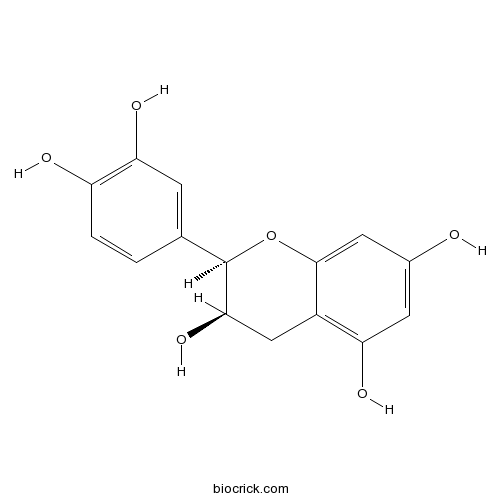Platycladus orientalis
Platycladus orientalis
Platycladus orientalis, also known as Chinese thuja, Oriental arborvitae, Chinese arborvitae, biota or oriental thuja. It is native to northwestern China, Korea, and the Russian Far East .Platycladus orientalis leaves (Cebaiye) have been used for thousands of years as traditional Chinese medicine (TCM). According to the theory of TCM, they are categorized as a blood-cooling and hematostatic herb. In clinical practice, they were usually prescribed with heat-clearing herbs to reinforce the efficacy of hemostasis. Through literature reports, we can find that the leaves show a wide spectrum of pharmacological activities, such as anti-inflammatory, antioxidant, antimicrobial, disinsection, anticancer, diuretic, hair growth-promoting, neuroprotective and antifibrotic activities. Diterpene and flavonoids would be active constituents in P. orientalis leaves. Many studies have provided evidence for various traditional uses. However, there is a great need for additional studies to elucidate the mechanism of blood-cooling and hematostatic activity of the leaves.
Products from Platycladus orientalis
- Cat.No. Product Name CAS Number COA
-
BCN5236
Pinusolide 31685-80-0
PDF
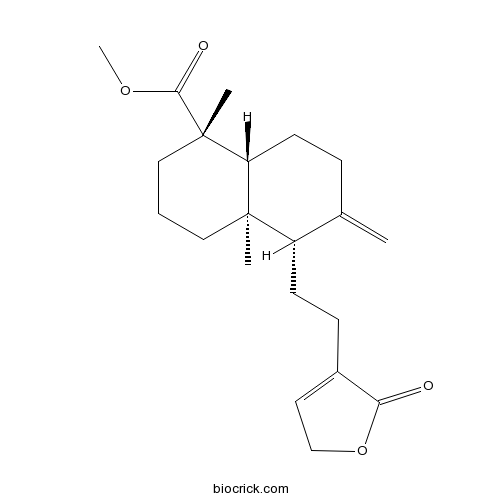
-
BCN1130
trans-Hinokiresinol 17676-24-3
PDF
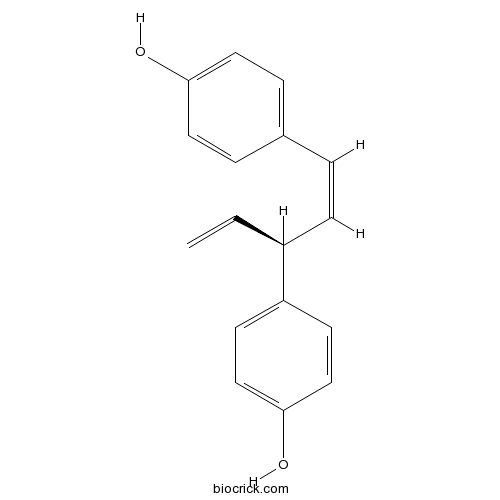
-
BCN6162
7-Oxohinokinin 130837-92-2
PDF
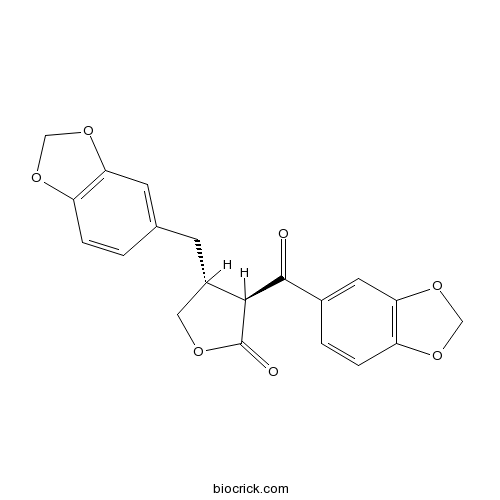
-
BCN1378
16-Hydroxy-8(17),13-labdadien-15,16-olid-19-oic acid 691009-85-5
PDF

-
BCN5460
1,7-Diepi-8,15-cedranediol 40768-81-8
PDF

-
BCN5526
8(14),15-Isopimaradien-3-ol 4728-30-7
PDF

-
BCN4321
15-Methoxypinusolidic acid 769928-72-5
PDF

-
BCN4093
8(14),15-Isopimaradiene-3,18-diol 59219-64-6
PDF
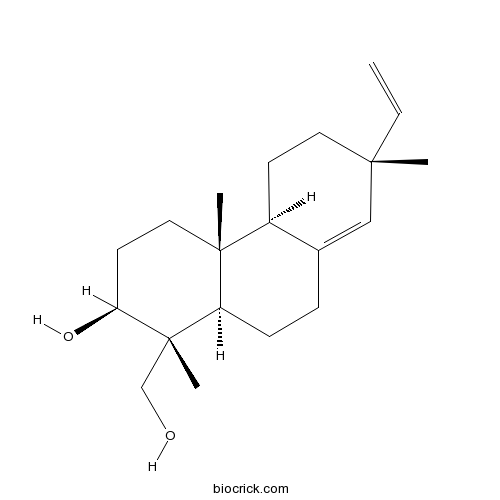
-
BCN5844
Dehydroheliobuphthalmin 103001-05-4
PDF

-
BCN4287
15-Isopimarene-8,18-diol 73002-86-5
PDF

-
BCN5323
Agatholal 3650-31-5
PDF
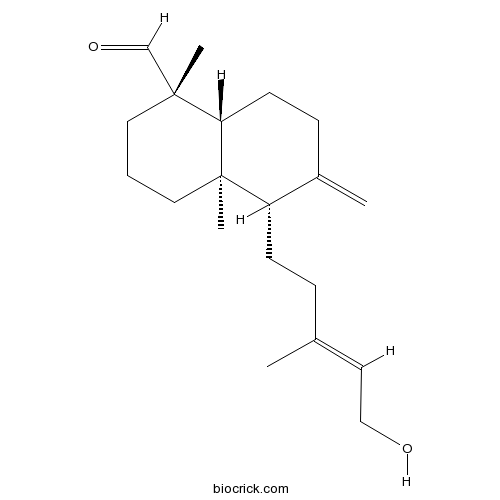
-
BCN5431
Totaradiol 3772-56-3
PDF
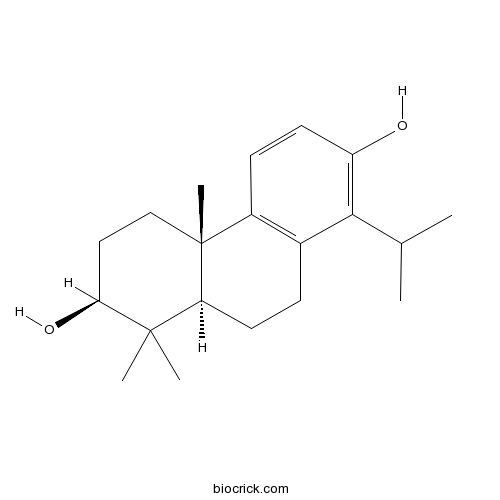
-
BCN5166
Communic acid 2761-77-5
PDF
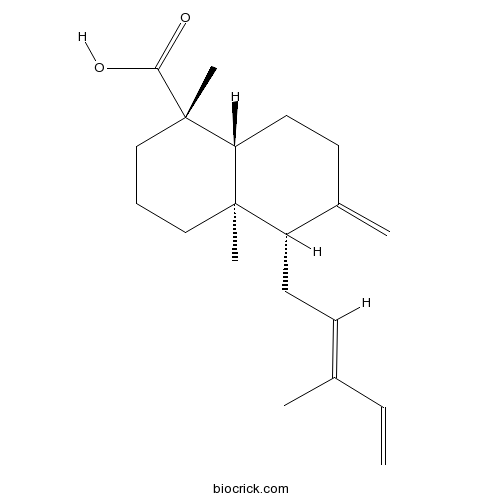
-
BCN4627
Totarol 511-15-9
PDF

-
BCN1015
Beta-Sitosterol 83-46-5
PDF
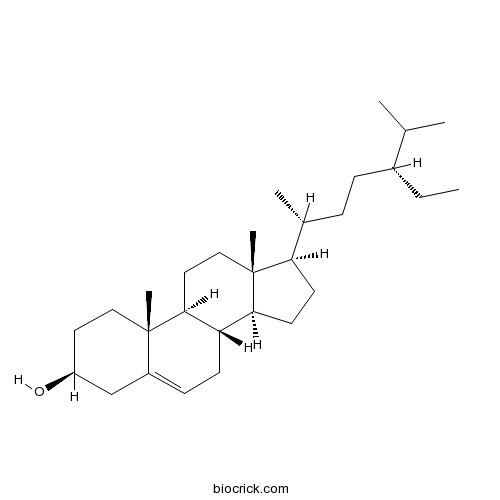
-
BCN4382
4-Epicommunic acid 83945-57-7
PDF

-
BCN1688
Catechin 154-23-4
PDF
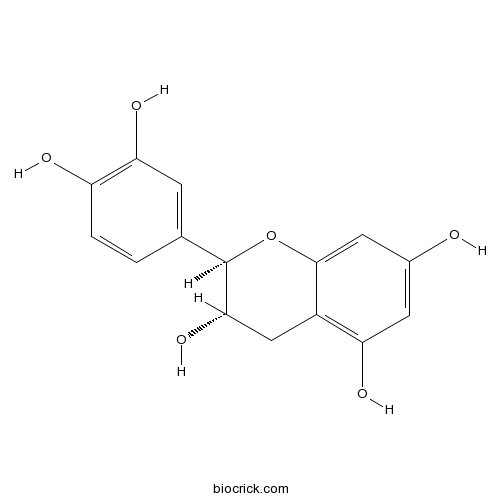
-
BCN5597
Epicatechin 490-46-0
PDF
